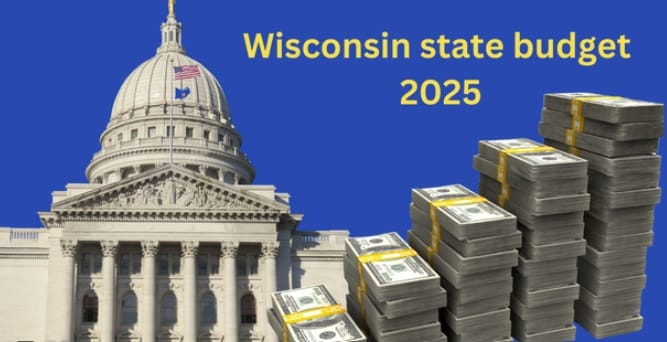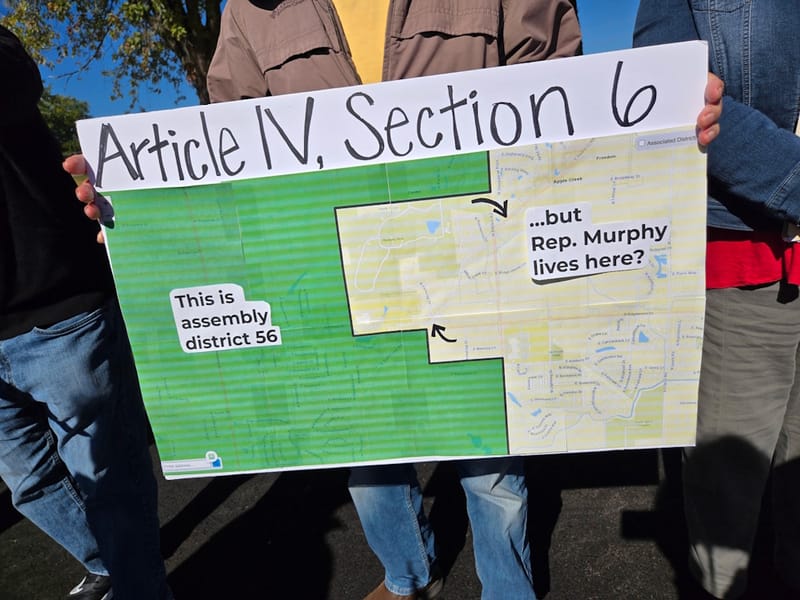Despite some moves forward, state budget leaves warning signs, tough choices ahead
Among the issues that will need to be addressed again in two years are funding for juvenile corrections, the closing of an aging adult prison, K-12 public education funding, and a comprehensive solution to the childcare crisis.

According to the July report of the non-partisan, independent Wisconsin Policy Forum (WPF), the latest state budget will severely shrink the budget surplus, threaten the $2 billion rainy-day fund, and hinder future investment, especially when considering pending federal budget cuts.
WPF estimates that spending will ultimately outpace revenue, thanks in part to the permanent tax cuts built into the budget.
By the end of the 2025-27 budget cycle, the Legislative Fiscal Bureau estimates, the $4.4 billion budget surplus will dwindle to $770 million, leaving the next governor and legislature with less flexibility and some potentially significant financial challenges.
Furthermore, several pressing issues received only temporary fixes, meaning those will still be awaiting lawmakers come 2027.
Among the issues that will need to be addressed again in two years are funding for juvenile corrections, the closing of an aging adult prison, K-12 public education funding, and a comprehensive solution to the child care crisis.
While public education received a boost in special education reimbursement, public schools will still be forced to transfer money from their general fund to cover the continuing shortfalls. Overall, public schools received no additional funding for general education. Meanwhile, the private school voucher system, which siphons some $800,000 yearly from public education, continues to grow and further threatens public education revenues.
Childcare received state funding for the first time in Wisconsin history, but that money will run out after only a year. The funding includes regulatory changes that increase the child-to-teacher ratio – changes strongly opposed by the industry.
And while the University of Wisconsin System's funding could potentially increase by $88.5 million over the next two years, much of that will require further legislative approval contingent upon specific criteria being met. Despite the additional funding, most campuses are expected to increase tuition by 5% over the next year to cover the growing costs of university operations.
Expect that rainy-day fund to shrink
The 2027-29 biennial budget is likely to begin with a sizable shortfall, which may necessitate spending cuts, tax increases, or a further drawdown of the reserve or rainy-day fund.
Revenue from state income and sales taxes was reduced by an estimated $1.5 billion over the two years, further exacerbating the funding gap.
The Manufacturing and Agriculture Credit (MAC), which offers substantial tax credits to qualifying businesses, cost the state nearly $500 million in 2023-24, or about 2.3 percent of the total general fund revenue.
And because the state has failed to implement sufficient gas taxes and fees, a portion of the transportation funding will once again be drawn from the General Fund revenue, rather than from a segregated fund specifically targeted for transportation. General Fund revenue has supplemented transportation since the 2009 budget, now siphoning off nearly $1 billion annually.
One way Wisconsin could seek to smooth out the rough terrain ahead is by expanding its Medicaid programs. Wisconsin remains one of only 10 states that has chosen not to expand the program, which has cost the state billions of dollars in federal funds. The GOP has consistently opposed such an expansion.
Experts, along with legislators, will be looking for warning signs as spending increases, revenue declines, federal funding shrinks, and the economy slows.






